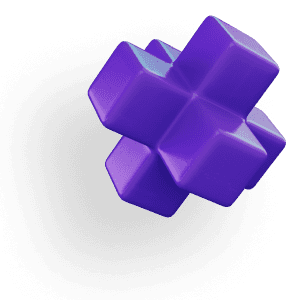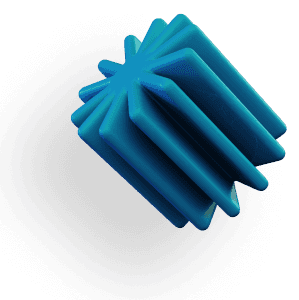HOW TO USE GPU
Affinity Designer (v.1.9 and newer)
Affinity Designer is a vector design tool that leverages GPU acceleration for improved performance, especially when working on complex designs or large documents. By enabling OpenCL compute acceleration and optimizing performance settings, you can significantly enhance both speed and quality while working in Affinity Designer.
How to Enable GPU Acceleration in Affinity Designer
Launch Affinity Designer
Open the application from the default path:C:\Program Files\Affinity\Designer\Designer.exeAdjust Performance Settings

Go to Edit > Preferences and select the Performance tab.
Set View Quality to Bilinear (Best Quality) to ensure optimal visual rendering.
Check Dither Gradients for smoother transitions in your gradient designs.
In the Renderer dropdown, select your NVIDIA GPU to offload processing tasks.
Choose Retina Rendering: Automatic (Best) to ensure your system automatically adjusts rendering based on display capabilities.
Finally, ensure Hardware Acceleration: Enable OpenCL Compute Acceleration is checked to utilize your GPU for faster computation and rendering.
These settings optimize Affinity Designer to make the most of your GPU, delivering smoother zooming, panning, and rendering for vector and pixel designs.
Top Tips to Speed Up Affinity Designer
Update Your GPU Drivers
Make sure your GPU drivers are up to date. Both NVIDIA and AMD offer driver updates that are optimized for creative applications, which can unlock additional performance and GPU-specific features.Adjust Performance During Design
For complex projects, temporarily lowering the View Quality setting can help improve responsiveness during editing. You can always switch back to Bilinear when fine-tuning your final designs.Use an SSD for Faster File Access
Storing your project files on an SSD will greatly reduce loading times, especially when working with large files or projects containing multiple artboards and layers.Optimize RAM Usage
Increase RAM allocation in Preferences > Performance based on your system's resources to ensure smoother handling of large projects.
Affinity Designer System Requirements
Minimum Requirements:
Operating System:
Windows: Windows 10 (64-bit) version 1607 or later; Windows 8.1; Windows 7 (Service Pack 1; Aero enabled).
macOS: macOS 10.9 (Mavericks) or later, up to macOS 11.0 (Big Sur).
Processor:
Windows: PC with a mouse or equivalent input device.
macOS: Mac with Apple M1 chip or Intel processor.
RAM: 4 GB.
Hard Disk Space: Approximately 938 MB of available space; additional free space required during installation.
Monitor Resolution: 1280 x 768 display size or better.
Graphics Card: DirectX 10-compatible graphics cards and above.
Recommended Specifications:
RAM: 8 GB or more for optimal performance.
Graphics Card: For hardware GPU acceleration, a Direct3D level 12.0-capable card is required.
Monitor Resolution: Higher resolutions for enhanced detail and workspace.
Meeting these specifications will help you get the most out of Affinity Designer, ensuring efficient workflows and high-quality outputs. Keep in mind that more complex projects, especially those involving intricate designs or large files, will benefit from higher-end hardware configurations.
Top Recommended GPUs for Affinity Designer

NVIDIA RTX 3060 Ti
A solid choice for most users, offering excellent performance for both vector and pixel-based operations within Affinity Designer.NVIDIA RTX 3070
This GPU is ideal for users handling more demanding workflows, such as large multi-artboard projects or high-resolution illustrations.AMD Radeon RX 6700 XT
A great option for users who prefer AMD cards, offering strong OpenCL performance for tasks like raster operations and rendering effects.
By fine-tuning these settings and using a suitable GPU, you can greatly enhance the performance and workflow in Affinity Designer. This is particularly helpful for professional designers working with complex vector graphics, multi-layer compositions, or high-resolution files.
Enjoy Faster Renderings and Workflow with Vagon
When the goal is to cut down rendering times and speeding up your workflow, every second saved is a victory. But what if you could do more than just save a few seconds?
With Vagon’s cloud PCs powered by 48 cores, 4 x 24GB RTX-enabled NVIDIA GPUs and 192GB of RAM, work on your Affinity Designer projects faster than ever. It’s easy to use, right in your browser. You can transfer your workspace and files in just a few clicks and try it yourself!






